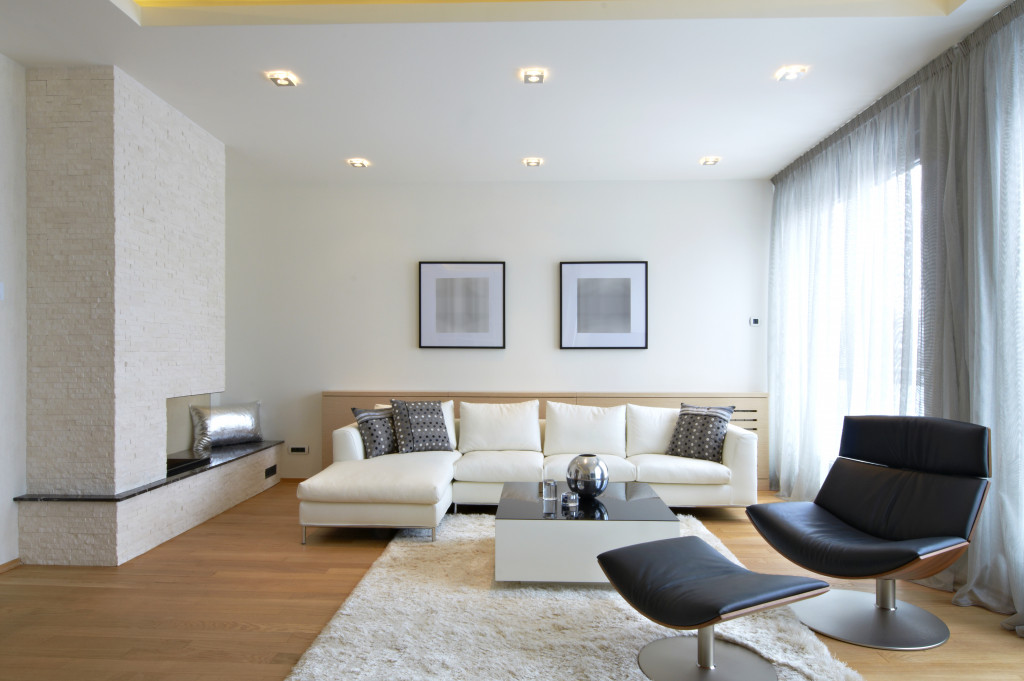In the process of home design, it’s not common practice to center the design on health and wellness. Often, it’s about function and aesthetics. Ergonomics may be the closest thing to a health-focused design, but it only achieves comfort and efficiency.
So what is a healthy home and how do we build one? Here’s a blueprint you can follow:
Core Principles
A healthy home is designed to inspire you to eat better, decrease your stress levels, increase your cognitive function, improve your energy levels, and be happier. Architects and interior designers would design the layout and characteristics of the home based on these key goals.
The Basics
The home is perceived as a haven where occupants can be safe from the dangers of the outside world. But in reality, the home can be just as dangerous as any other place if you’re not careful.
- Indoor air quality — it’s difficult to avoid introducing pollutants to your home. But there are many ways you can do to improve your home’s air quality. Placing an air purifier in every room may not always be economical, so consider applying other techniques, as well. This can be as simple as placing air-purifying plants throughout your home or placing a bench in the entryway to encourage people to remove their shoes before entering the house.
- Safe materials — another way to achieve clean air at home is to invest in non-toxic materials for furniture and furnishings. Non-VOC paints and all-natural cleaners should be a standard. Buy new mattresses with a MADE SAFE certification and use natural, hypoallergenic beddings and cushions.
- Moisture control — moisture can bring all sorts of problems, with mold being the most dangerous. Improving your home’s ventilation and fixing leaks can help keep moisture at bay. You can also install exhaust fans or place dehumidifiers in high-moisture areas like bathrooms and kitchens.
- Soundproofing — noise is not something you should have to live with, even if you live in a busy city street. Noise pollution is an invisible danger that can cause hearing loss, stress, and a wide range of health problems. Improve your home’s acoustics by installing crosstalk attenuators in vents, upgrading your insulation, and replacing old windows with dual pane ones. For an added layer of protection, install thick curtains as these can help absorb sound.

A Green Kitchen and Pantry
The kitchen is perhaps the most important part of a healthy home. What you feed yourself and your family has a significant impact on your collective happiness and health. Creating a kitchen that makes you eat healthy goes beyond buying more vegetables and fruits. One thing that makes people hesitate to stock up on fresh produce is space. Consider getting a fridge that offers more space to keep vegetables and fruits fresh for longer than usual.
Invest in pickling jars and other tools for making your own preserves and sundries. Other useful tricks include installing a hands-free faucet to avoid contamination, growing herbs in your kitchen or produce in your backyard, and investing in a trusty water filter. You should also make sure that all your kitchen tools and containers are made of non-toxic materials. Use a variety of modern interior design techniques, as well, such as open shelving, multiple workstations, and an open floor plan that encourages people to cook instead of order food.
Dedicated Wellness Spaces
A holistic approach to wellness should be your priority. In addition to creating spaces to sleep well and eat healthy, you should also consider adding a gym, fitness, or yoga space, and a dedicated space for meditation and reflection.
A sound mind is just as important as a healthy body. Healthy socialization is also a key ingredient of optimal wellness, so design your home to encourage bonding among family members.



















